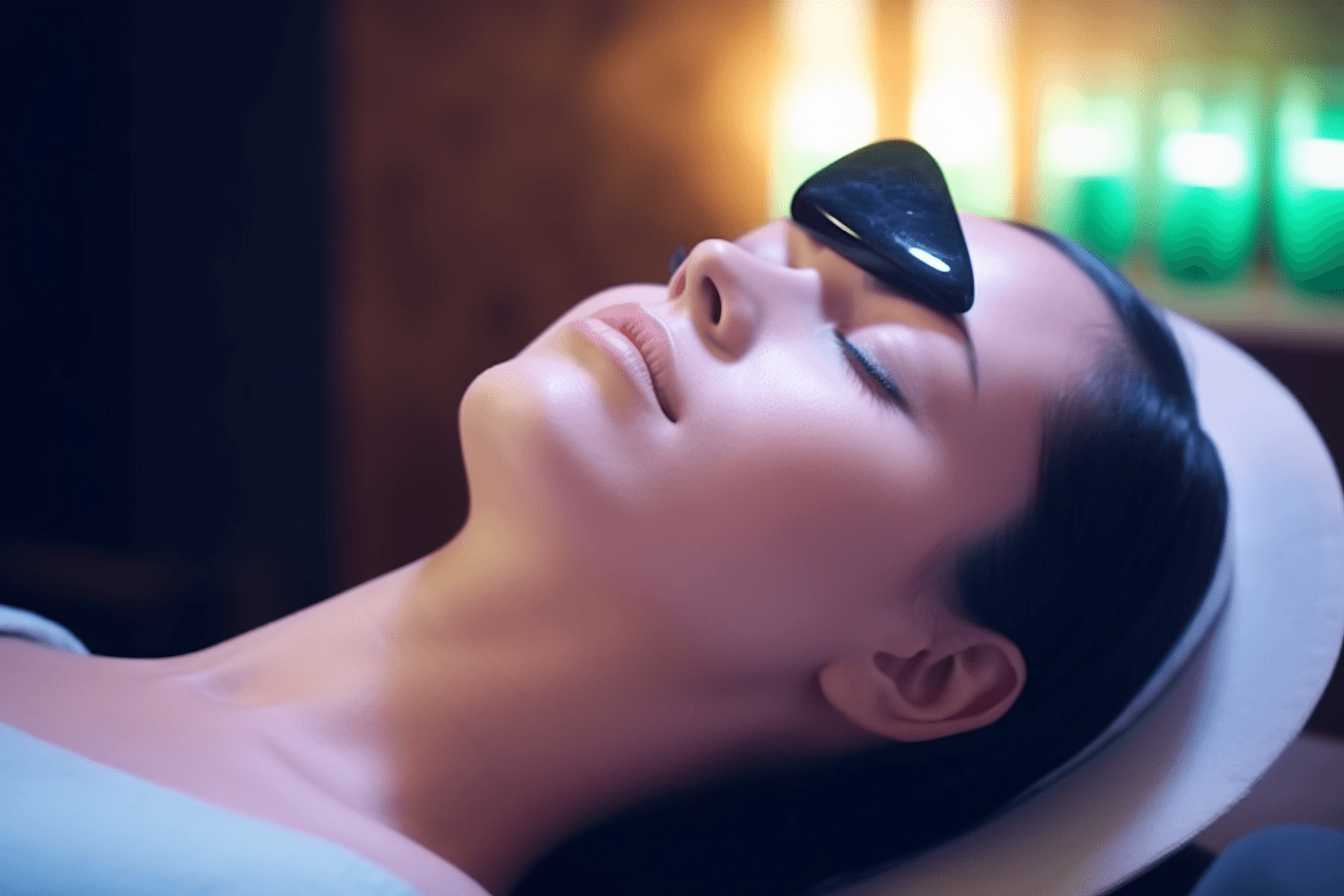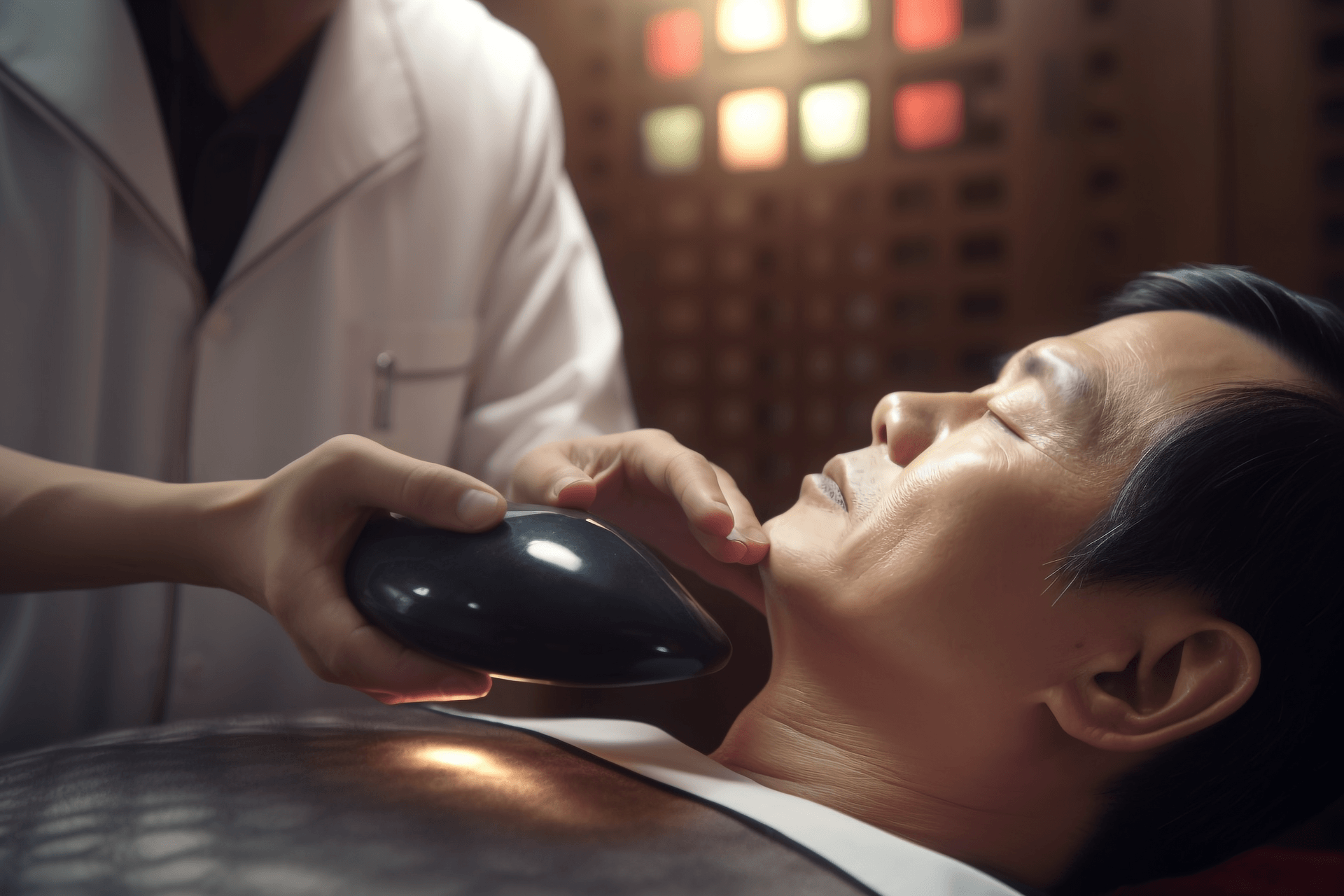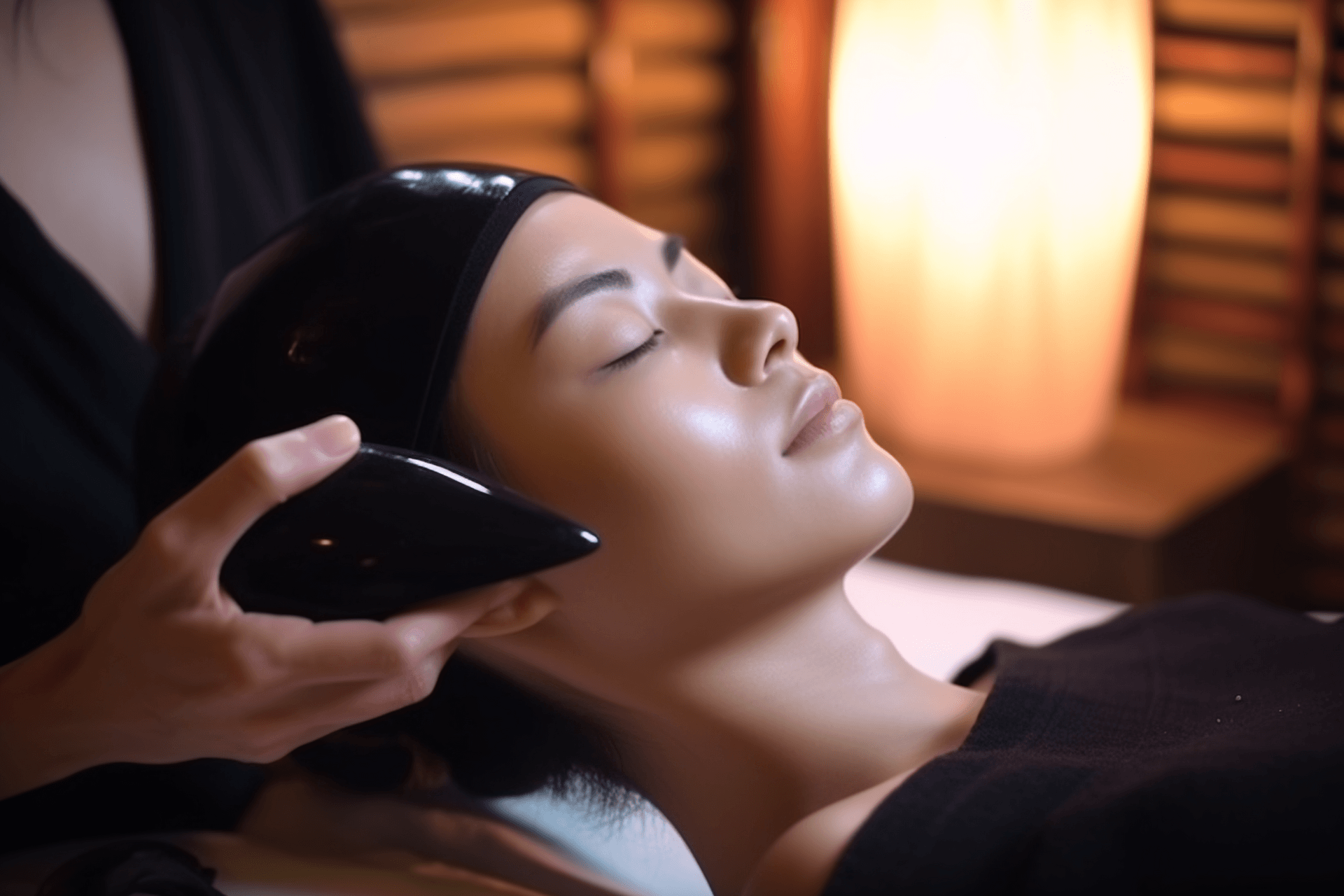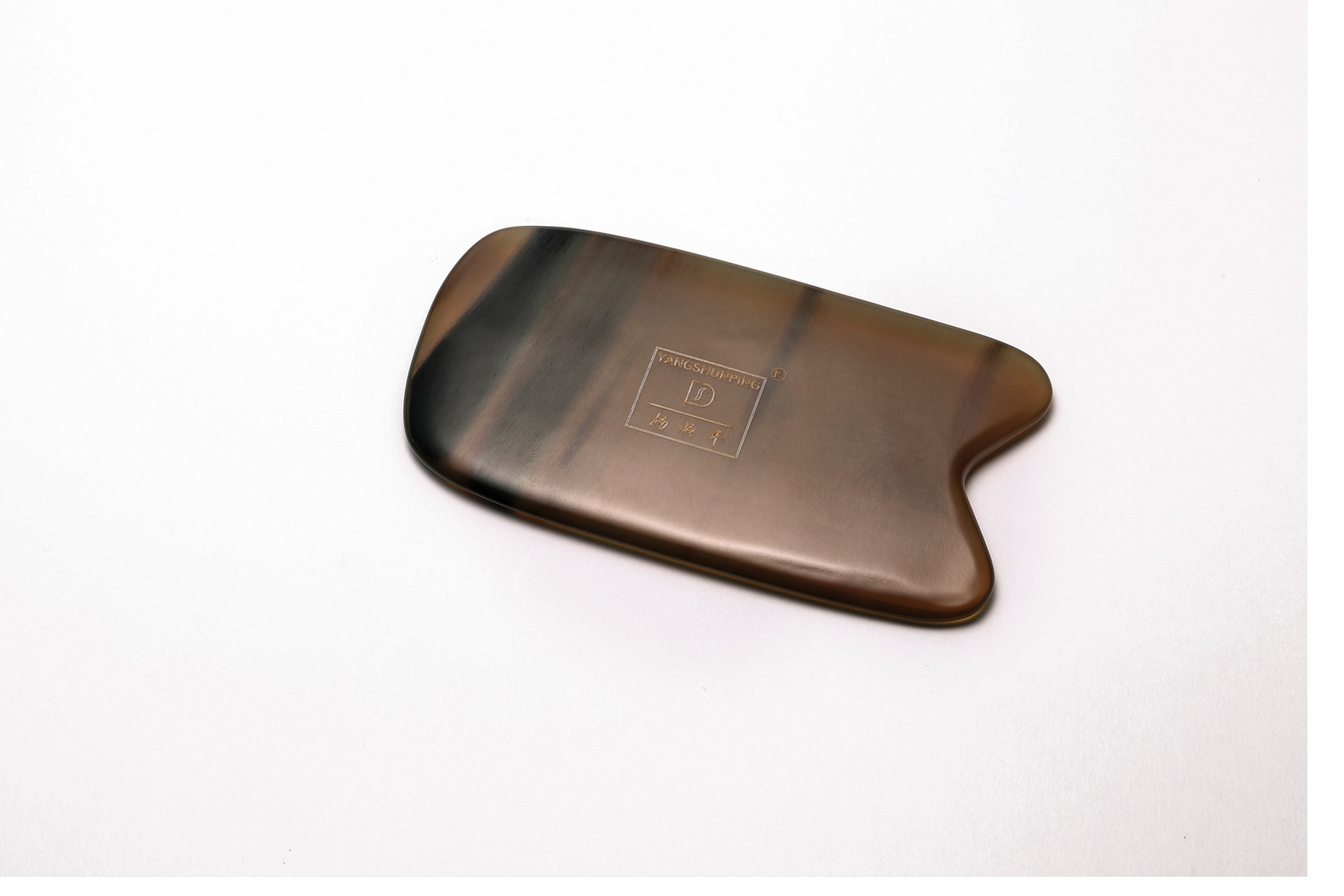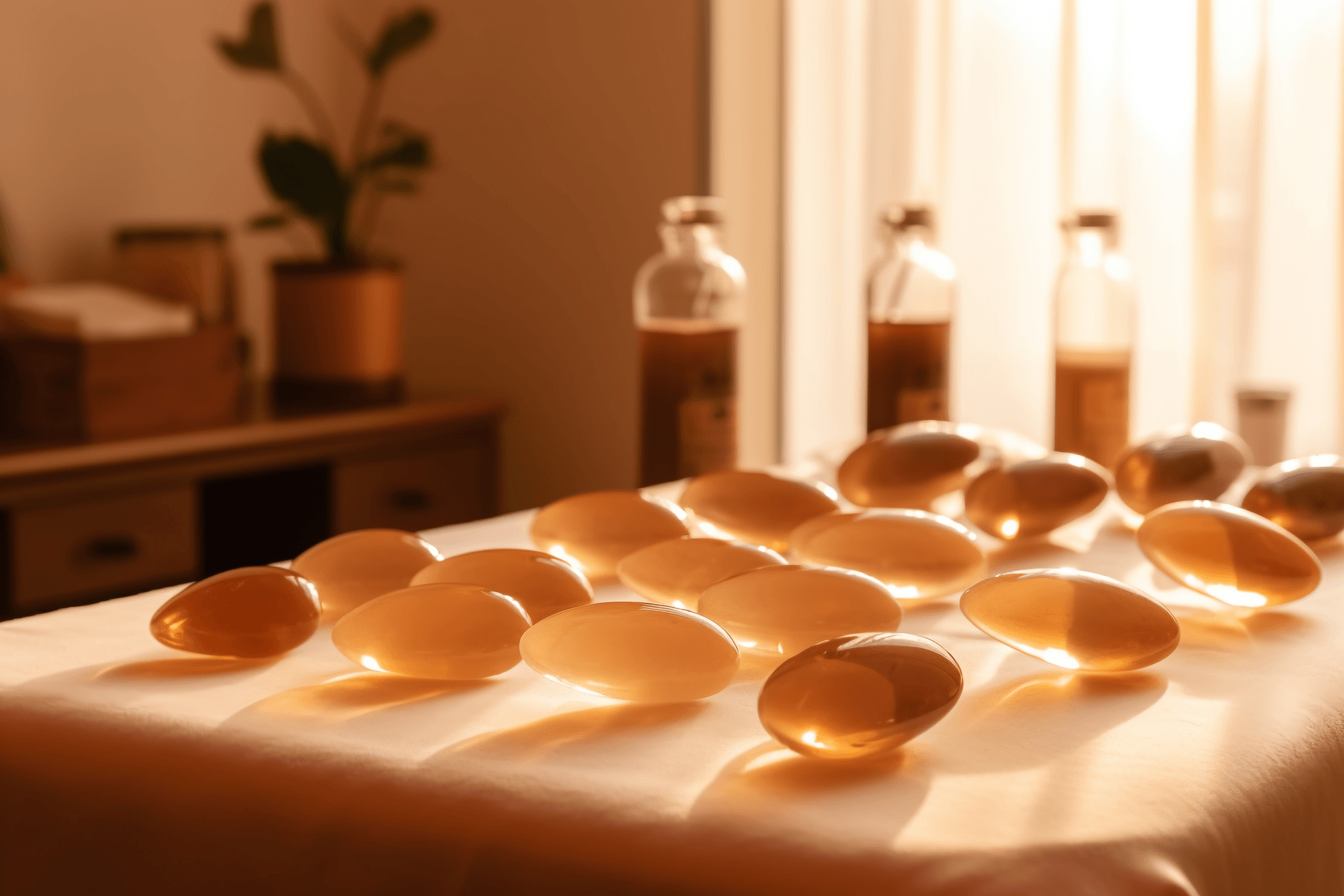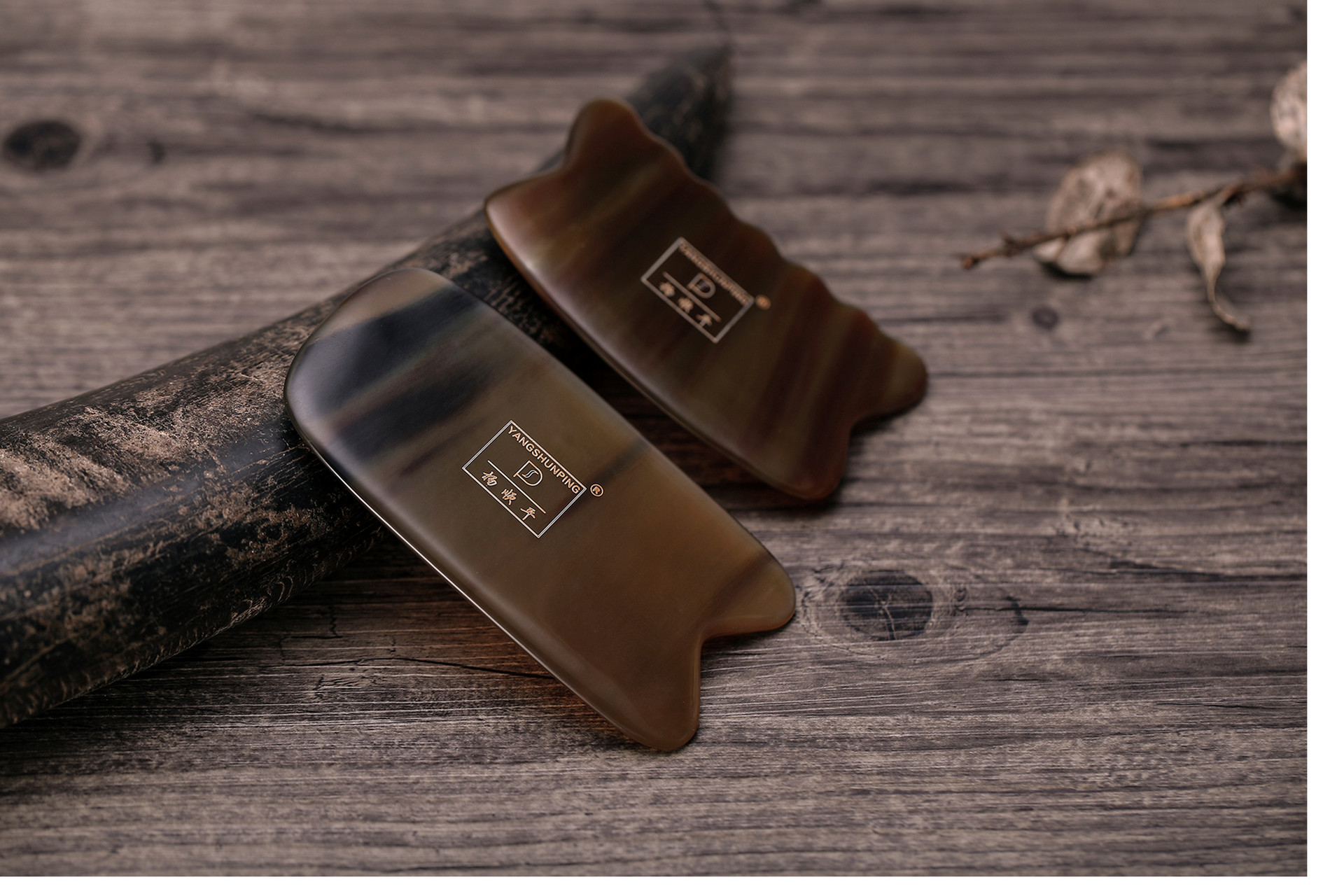In spring, there is a lot of rain and the air is humid, which means there is a higher chance of dampness. Dampness is not good for our health and can harm our liver. So, how can we get rid of dampness? How does scraping help with dampness? What are the benefits and drawbacks of scraping? Let's find out below!
The effects of scraping are quite noticeable. Scraping the acupoints on the body can have a therapeutic effect and scraping the back can help get rid of dampness.
Getting rid of dampness by scraping the back in spring
In the spring, when everything is blooming and the weather gets warmer, many people feel lethargic, tired, and have difficulty concentrating on studying or working. Some even experience symptoms like bloating, loss of appetite, and diarrhea.
Why not use a scraping tool to scrape the back of your family members to remove the accumulated food waste from the Spring Festival, eliminate the stagnation caused by the dampness in the air, and get rid of the dampness of the season? Scraping the back in early spring will make you feel more energetic!
Winter and spring are two completely different seasons, and our bodies go through a transition when moving from one season to another, which consumes our vitality.
In winter, our bodies tend to be more stagnant due to the cold weather, lack of exercise, and overeating during the Spring Festival, which can damage the spleen and stomach and impair their function of transforming and transporting water and dampness. In addition, spring is a season with more rain and humidity, which can easily invade our bodies with dampness. This can lead to symptoms such as bloating, loss of appetite, heaviness in the body and limbs, mental weariness, irritability, and other sub-health conditions known in traditional Chinese medicine as "internal stagnation caused by dampness."
When scraping to relieve spring fatigue, it is important to target the acupoints on the back. The Du meridian, which runs along the back, not only contains many important acupoints that regulate the function of the organs, such as the lung, heart, spleen, liver, and kidney, but also serves as a major detoxification channel in the body. Traditional Chinese medicine emphasizes the importance of "nurturing yang in spring and summer," so scraping the acupoints on the back can not only help detoxify the body but also invigorate the yang energy and improve the body's immune system.
After scraping, patients often feel soreness in their back and limbs. At this point, it is beneficial to use moxibustion by placing a burning moxa stick on the scraped areas for about 10 minutes. This combination of scraping and moxibustion is a comprehensive approach to promote the body's self-healing and expel pathogenic factors.
When it comes to scraping, there are many things to consider, such as using different tools for different body types.
It is recommended to use scraping tools made of natural materials such as bian stone or water buffalo horn. The person being scraped should lie face down on a bed, with their back exposed. The person performing the scraping should apply a layer of moisturizer to the skin on the back and start by scraping along the Du meridian in the center of the back, then move on to the bladder meridian about 1.5 inches on each side of the Du meridian. The scraping should be done at an angle of about 45 degrees, using gentle and moderate pressure from top to bottom until sha (red marks) appear on the skin. According to traditional Chinese medicine, "all diseases can be caused by sha," and the appearance of sha indicates the expulsion of pathological substances such as wind, dampness, and heat.


